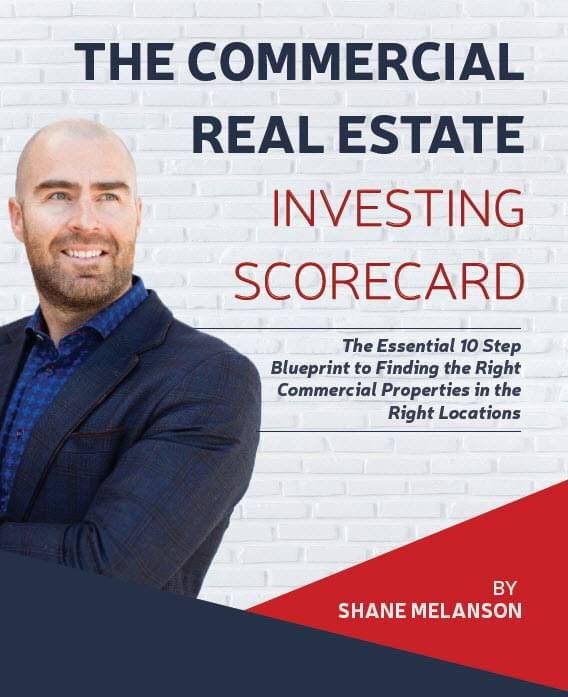Why Some Highly Paid Professionals Are Investing in Multifamily and Commercial Properties For Their Retirement.
It's becoming an all too common story today.
You’re a highly skilled professional making mid six-figures/year plus. You were told to work hard, get into the top schools and do the extra-curricular activities. Focus today so one day you’ll enjoy the benefits of a great paying career.
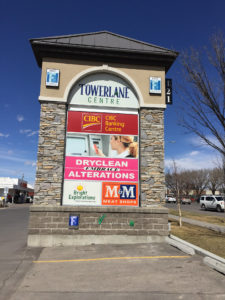

Class A Retail Property
You put in the commitment early in life so one day you could reap the rewards of your hard work and sacrifices.
You have the enviable job and make, by most standards, phenomenal money. And at age 35, your life may have seemed picture perfect. Finally, a job that by most standards affords the dream house, cars and expensive vacations.
While at least you thought so, however, soon you start to see cracks in this plan. Your kids appreciate the gifts and the nice lifestyle, but they complain they don’t get quality time with you.
And the plan to keep going through the motions for another 10, 20 or 30 years before you can start to enjoy life isn’t so appealing., You realize, if you don’t do something now, none of that is going to change.
The sad part is, many professionals discover this late in life.
To often I get that phone call from a doctor, a lawyer or an architect in their late 50’s and 60’s in damage control, because while they’re making amazing money now, it’s not one that will maintain their lifestyle when they retire.
Keep working and hoping magically one day they’ll have saved enough while knowing that’s just never going to happen.
Some try rental properties or investing in the stock market. They go to seminars and are convinced to try it.
But both result in stress, risk and in most cases lead to a part time job, fixing leaking toilets like a blue-collar trades-person which is not what they signed up for.
In university, no one explained how to create wealth and keep it.
The story sold was – get a good education and high paying job and you’ll be set for life.
The educators focused on helping them become the best surgeon, engineer, or dentist – not teaching them what do once they had money.
So, many professionals jump into making investment decisions because they know they’ve got to get themselves out of the trap of trading time for money to be able to retire one day.
The problem is, due to the lack of financial education and lack of time needed to evaluate opportunities, it’s difficult to create real wealth.
Many highly paid professionals fall into these totally avoidable pitfalls that I learned the hard way, let me explain…
Trap #1. Making the Wrong Investment Decision.
The main reason to invest your money is to safely grow your money and get paid a predictable return when you need it.
The problem for many professionals earning high incomes, is they realize, that investing in traditional places, like the stock market or residential real estate requires a huge amount of time and is unlikely to generate substantial and predictable income to retire.
Too many people of the social elite go-to investment seminars designed to help the masses, get to an ok retirement… someday.
The people that don’t mind a little elbow grease and maintenance work.
Financial advice from people who specialize in helping average people invest their money isn’t going to produce the real wealth you’re after.
There’s a need to help average people invest. But, you’re far from average. You earn a phenomenal income that affords you certain advantages and opens the door to huge arbitrage opportunities, especially in areas like commercial real estate.
The solution I commonly advise my highly affluent clients earning multiple 6-figure incomes is commercial real estate.
Here’s why.
If you’re earning more than $200,000/year you have a distinct advantage to creating substantial net worth.
The commercial market is poorly understood by many, which allows for significant arbitrage opportunities.
Those that have the financial affluence, especially with the right advice in markets of imperfect data, have the ability to make unparalleled profits.
And because commercial real estate is large enough, one property, in the right location can replace a 6-figure income.
Let me give you an example of this with a person who was investing in the wrong places and we helped correctly.
Dan came to me after purchasing his first rental house.
He’d gone to an expensive investing seminar on how to find a fixer-upper, renovate it and rent it out (similar to how I started).
And while this might be ok for the average blue-collar worker, he’s now working harder trying to fill his house with a tenant and earning less than a 1% return on his money.
He was constantly doing maintenance on the property. And worse, the value of the property had gone down over the past year and he couldn’t sell without a further loss.
For Dan, with a family to support and a busy practice to run, this wasn’t working.
Dan wanted to put his 3 girls through an elite college, costing hundreds of thousands/year. Investing in residential homes wasn’t getting him any closer to his retirement dream or having the money to put his kids through college.
After my first conversation with Dan and his wife, it was easy to understand his stress and what he was really looking for, given his high income and savings.
I helped Dan understand his unique affluence afforded him an opportunity.
He didn’t have to hustle around investing in these $300,000 properties that the world of blue-collar workers has so much time to investigate, and have advantages in, because they’re willing to break their back to do the leg work inside the homes themselves.
People of his financial affluence and status can leverage their wealth and access properties like very few in the world.
So, I showed him what I call my 8 Non-Negotiables for investing in properties.
Rule # 1 is Pick a property that can Scale.
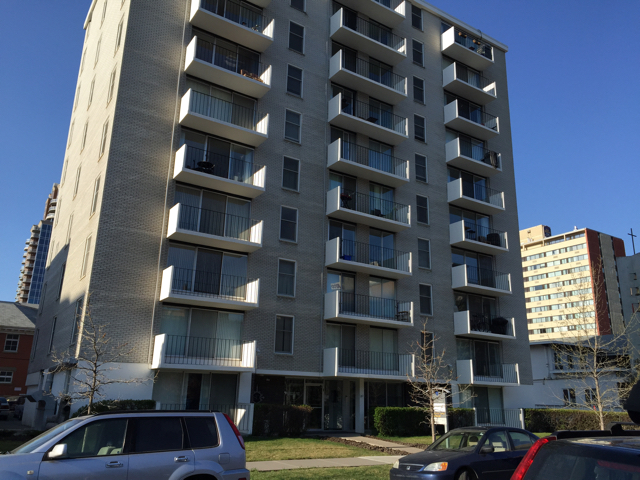

60 Unit Apartment Located in the Central Business District (CBD)
Four months later Dan and his wife owned a $4,800,000 commercial property delivering exceptional 11%/year returns.
When the mortgage is paid off (by his tenants), this one property will pay him more than $292,800/year or $24,400k/month in passive income requiring less than 2 hours of work a month.
This one investment goes a long way to getting Dan to retirement and paying his girl's college tuition.
Dan’s on his way to doing this again with his second commercial property as of this writing.
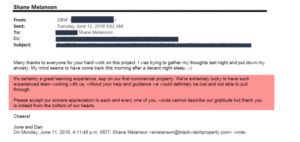

Email from Dan after closing
This was the success of just one of the 8 Non-Negotiables Rules to investing in commercial properties you can download at the end of the article.
But before we get to that, I need you to understand the other two traps that highly successful individuals fall into.
Trap #2. Misunderstanding the Money
The real profit in investing in commercial real estate is not just in picking the right property. You can have the best property in the best location- but if you get the money wrong, you can still lose.
Most people don’t understand when investing in commercial properties, there needs to be a ratio of income to leverage ability. And it’s a delicate balance between investing too much of your own money or borrowing too much.
The Solution?
You need to educate yourself on what level of a financial investment you should make into a typical property.
I learned this lesson the hard way when I moved from investing in houses to commercial properties.
I found the perfect deal. Because it was my first large commercial property that required $6.5M to purchase, I put together a small group of investors to help purchase the property. I remember thinking, how wonderful it was to be able to buy this incredible property in the perfect location.
And then the market changed.
I found myself hustling for three and a half years working the property because I’d committed to paying back my investors.
And I, like many reading this, knew my reputation is everything in business so there was no choice but to keep my promises and work through the deal. Even though it meant moving away during the spring and summer from my family to focus my energy into the deal.
In the end, my investors made great returns- more than 50% on their money, in a down market.
I remember writing cheques to my investors for more than $3.3M from the profits. I didn’t end up with nearly the payday I’d expected, because I structured my money wrong. Had I invested more of my own money into the deal, I too could have enjoyed the upside.
Since then I have put together what I call my property scorecard for the optimal balance between over-leveraging and risking too much in any deal. If the market changes, as markets do, this Scorecard will offer you the information to create a cushion against over-leveraging. This resource is available at the bottom of the article.
But before we get to that, let’s get into trap 3.
Trap #3. The Free Money Contradiction
Most people feel when they get to this stage, they’re home free.
They picked the right investment; navigated their way through the property scorecard and Debt to Cash equation perfectly. They think the money is going to role in.
And in truth, it absolutely can.
However, if you fall victim to this last trap, you can watch your hard work and your smart investment decisions fall into the void.
The problem with many people investing in commercial properties, is they treat it like a residential investment.
Because that’s what they know. They hand over the keys to a property management company and think, perfect, my property manager is going to take it from here.
The investor goes back to his day job and forgets about his investment.
While it would be nice to leave your property in the hands of a good property manager- you can’t abdicate everything to a manager.
The difference between being what I call a Strategic Investor where you set clear expectations and a structure for operating the property vs. an Absentee Investor that hopes the property will perform, can mean the difference in hundreds of thousands and even millions of dollars.
The Solution: Learn Commercial Real Estate Investing is a business and you need to run it like a business. And the truth is, it isn’t hard.
A while back a client, Darin approached me to help him with a large 240-unit apartment complex in Dallas.
They’d just taken over the property and he noticed the income was way down. Given the location and the surrounding properties, the property should have been performing much better. Rents were dropping and vacancies climbing.
He came to me for guidance to help get the property back on track.
I flew to Dallas and met with the property management team. Toured the property and in a few hours saw the issues and came up with a go-forward plan to get it back on track. By the time I left, new systems were implemented to ensure the property was operating as it should. Strategies to increase occupancy reducing expenses.
Now Darin receives a monthly update with key metrics to see how the property is performing in real-time in less than an hour a month.
In a year, we saved the property more than $1.3M in unnecessary expenses, not to mention tens of thousands in potential lost revenue and were able to sell the property for an $9.8M profit.
Which is why it so vital you follow what I call my Commercial Real Estate Small 1 Page Blueprint. Because anyone buying a business or franchise would require a business plan and systems in place to operate profitably.
Your Next Steps...
In this article, I’ve done my best to highlight the pitfalls and risks associated with purchasing any investment property.
I hope throughout this article you understand, especially the high-income earners that I love working with, the opportunities in commercial real estate are prosperous.
Making all the hard work you’ve spent in getting the qualifications and building a high annual income worthwhile.
Of course, making money in the stock market or duplex may be ok for some and especially ok for those who earn average income and willing to spend their evenings and weekends finding tenants and handling day to day issues.
For those who have sacrificed early in life to make a high income, you have a unique opportunity that few else have. If you happen to be one of these people, you likely didn’t go into your 1st day of work without putting in the time to get your degree first.
Which is why I’m suggesting you don’t go into any form of investment decision without first downloading the below templates;
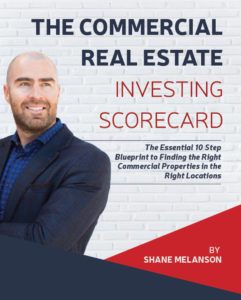

10 Essential Commercial Real Estate Investing Framework
- 8 Non-Negotiables to Investing in Commercial Real Estate
- The Commercial Property Scorecard
- The 1 Page Commercial Real Estate Blueprint
Consider this your homework to affording yourself the life you deserve. You can click on the link below to access all those templates and guiding tools.
If you’d like a little more advice or guidance on how to do this in a more effective way- you are also welcome to book a complimentary 15-minute call with me so I can help you find the smartest steps forward for you and your family.
Regardless if you book a call or not, but especially if you book a phone call, I urge you to download the templates and start discovering the things you don’t know to bring your family to prosperity.
You’ve done everything right for your family till now and this is the last step to get your family to the finish line.
Retirement should be enjoyed by all, and especially by those who have worked so hard to get there.
Commercial Real Estate Investing Scorecard
My 8 Non-Negotiables to Investing and the checklist for how I analyze every property
